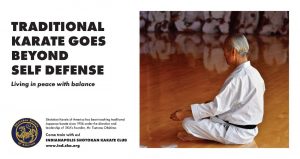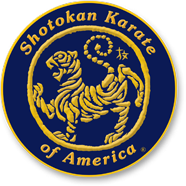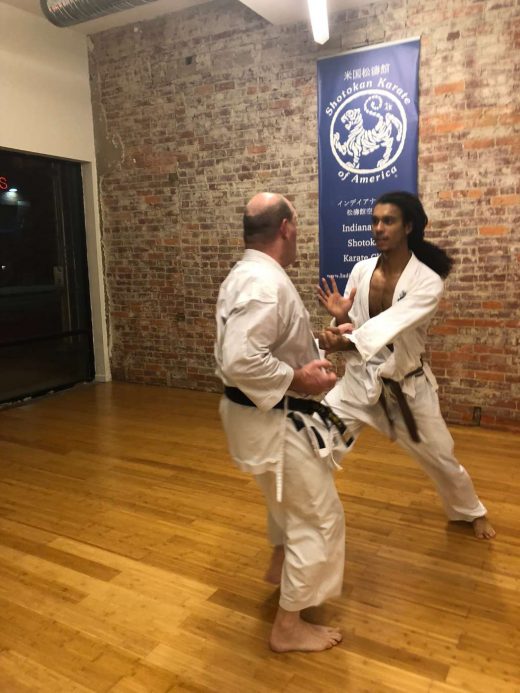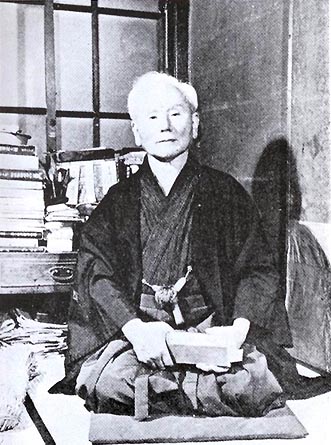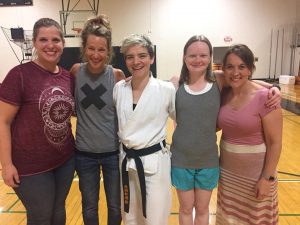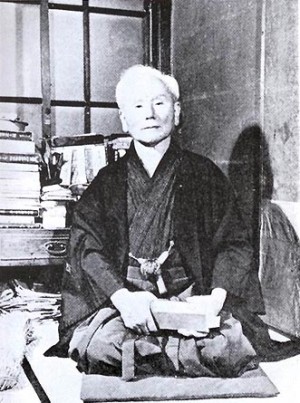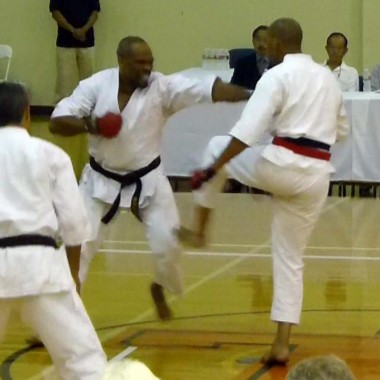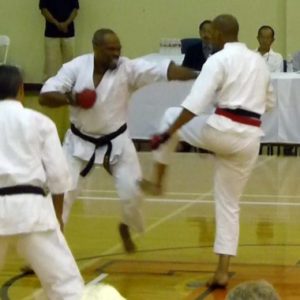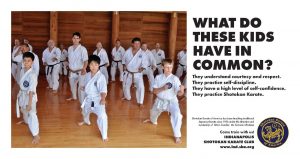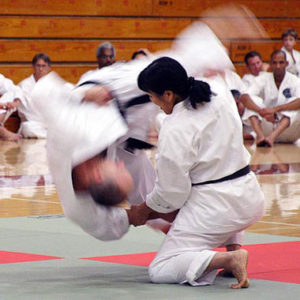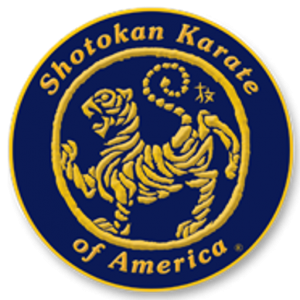
How to choose a dojo?
So, you know the ins and outs of why you want to train and what you want to study? Great! Now you can begin the most important part of starting a martial art – finding a good dojo.
Price is an important consideration. Dojo fees are hard to predict and will vary from school to school. A good organization will be completely transparent about their pricing scheme up front. Beware the school that won’t give you a straight answer about the startup or ongoing costs of training. You can ask the following questions to get a good idea of how much it costs to train at a particular dojo:
- How much does it cost to get started?
- Is there a uniform fee?
- Are there dues that need to be paid to a national or affiliate organization?
- What is the pricing structure?
- What is the monthly cost?
- How many classes can I attend a week/month as a beginner?
- Are there different prices for different ranks and age groups?
- Is there a fee for belt/rank testing?
- Are there student or family discounts?
- Is there a cancelation fee if I decide to stop training?
Information on Indianapolis Shotokan Karate’s current pricing scheme can be found here. Feel free to ask our dojo leaders for more details.
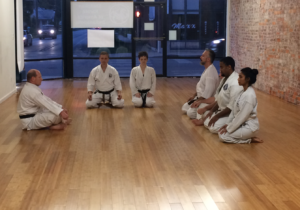
Instructors and students line up for meditation at the beginning of practice
Instructors are also an important consideration when choosing a dojo. It is helpful to know how long they have been training and who their teachers are. Sometimes it is hard for instructors to trace their lineage, but a simple google search will tell you whether an instructor has studied with a reputable organization.
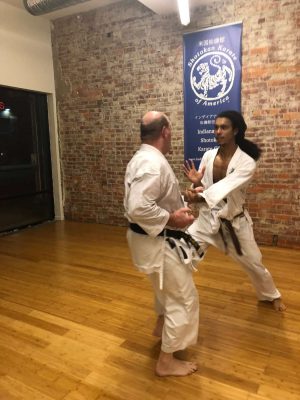
Black belt teaching and sparring with a senior brown belt
Each of the instructors at Indianapolis Shotokan Karate can trace their “Instructor Lineage” back to Master Gichin Funakoshi through Tsutomu Ohshima. Being able to follow our roots is an important part of maintaining our traditions.
Watching a class is highly recommended when considering a school. This will give you an appreciation of the instructors teaching styles, the rigor involved in practice, and the mentality of the students. Most schools will allow observers to watch all or part of a basic beginners practice.
Please feel free to contact us for the best times to come and watch one of our practices. We’d love to have you!
Deciding to start a martial art is kind of like learning a new musical instrument; you have to go into it knowing that you will make mistakes and that it will take a lot of practice to get good. If you take the time to find the right instrument for you and a really good teacher, you will derive a lot of joy from whatever you decide to study.
We hope you will consider joining us at Indianapolis Shotokan Karate!
